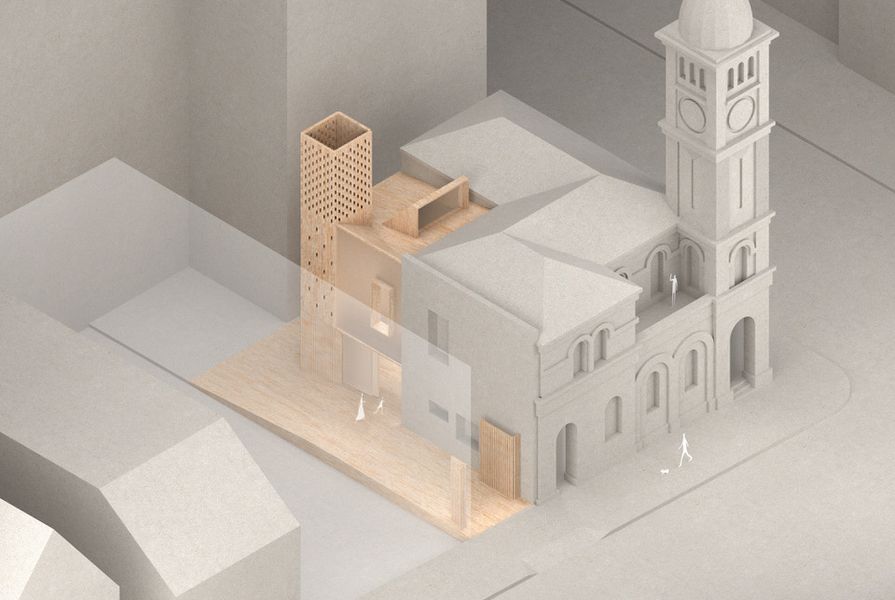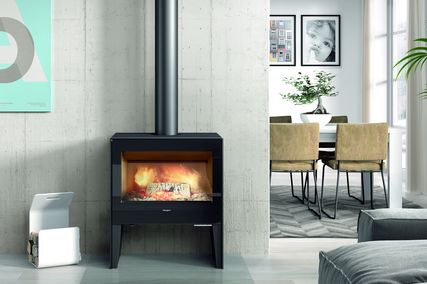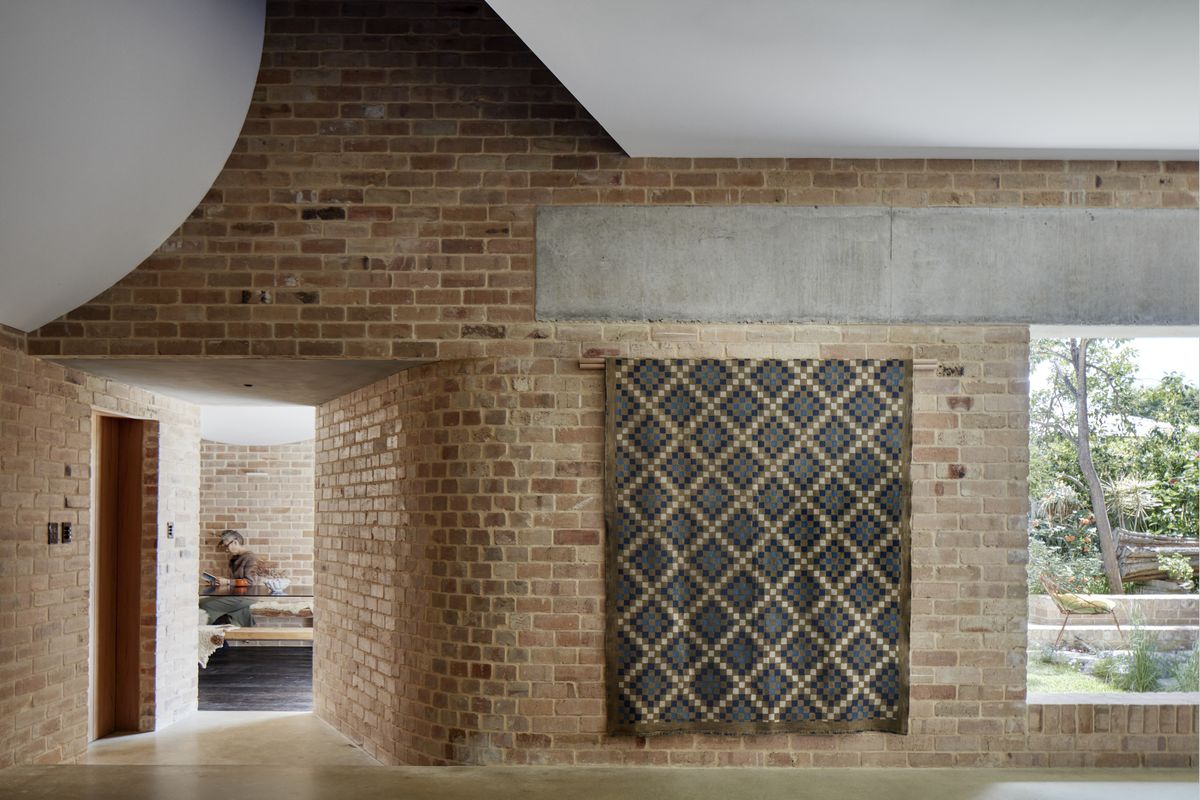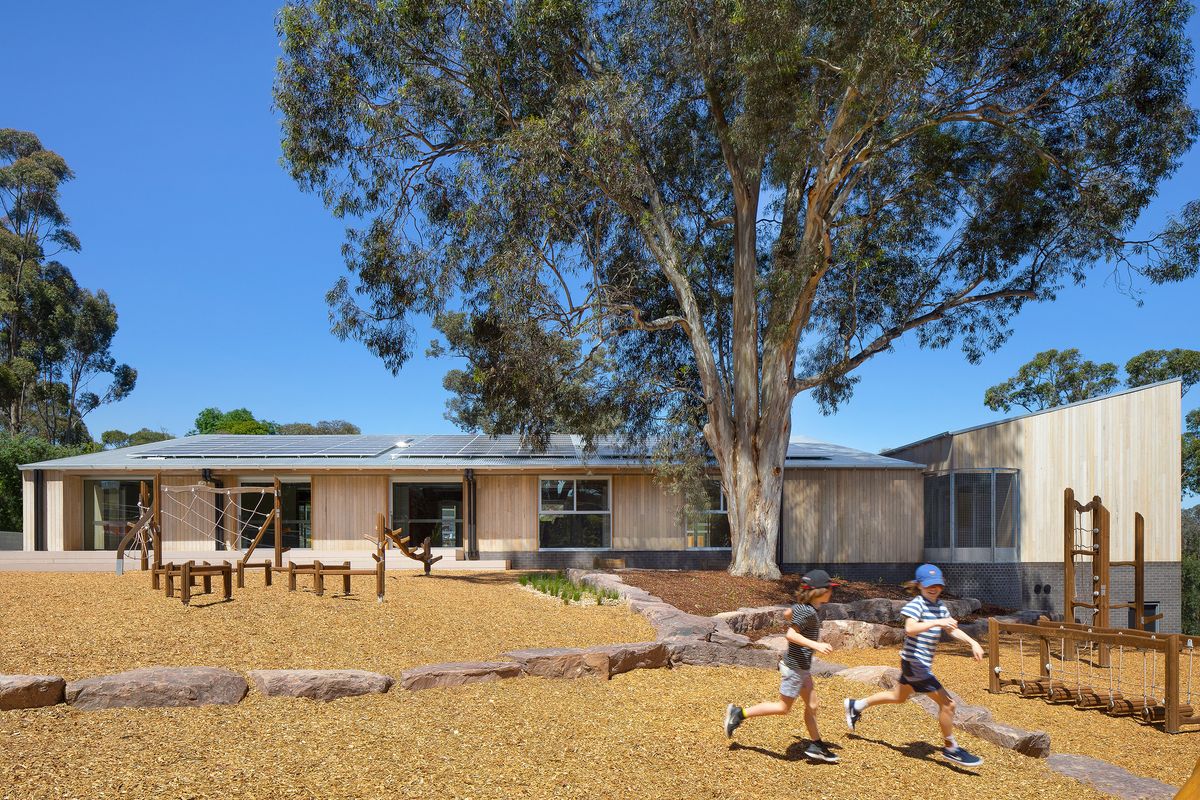It can be easy to lose sight of the small things. But the small, according to Anita Panov and Andrew Scott of Panov Scott in The Architecture Symposium: Small, provides a lens through which to examine meaningful architectural responses that engage with limits. The symposium asked the question “What if we did less?”, the subtext being “but got more.” Presented live online across three sessions in October 2021, the symposium gathered a collection of Australian architects to showcase projects across the themes of “Making urban,” “Making suburban” and “Making community.” The varied nature of the speakers, ranging from the established to the emerging, revealed that across the spectrum of practice, this is a theme widely examined.
“Making urban” explored the notion of scale-shifting – oscillation between the big idea and the small considerations of the user. How does the look and feel of a space, or the experience people have in it, relate back to the larger aspirations of our place in the city, in history and in our culture? John Choi presented Chrofi’s Parramatta Mission competition submission as an example of the search for contextual belonging. A relatively small piece in the wider urban context, the building is an “opportunity-creating act” that looks beyond the brief and the site boundaries to find agency. For Amelia Holliday and Isabelle Toland of Aileen Sage, this extension of reach is being realized through a collective design approach. Their Redfern Community Facility – a collaboration with Danièle Hromek of Djinjama, among others – is used to display a fragment of a series of conversations that extend previous lines of enquiry, with the whole truly becoming greater than the sum of its parts.
Quay Quarter 8 Loftus Lane by Studio Bright.
Image: Rory Gardiner
Continuation of thinking likewise provided guidance for Mel Bright of Studio Bright, with Sydney’s Quay Quarter translating the amenity of her established small-scale residential projects into a collective living approach for the city. The same acts of generosity applied to the house are extended to the urban, while remembering the ‘other clients’: the city, the street and the next generation. At the other end of the scale, Olivia Hyde, of the office of the Government Architect NSW, explored the idea of leveraging limit, making incrementally small moves – such as by establishing a pool of cumulative design knowledge with design review panels – to achieve large outcomes.
“Making suburban” reinforced the notion of small in terms of limited intervention. Here, seemingly small considerations or intentions can become powerful drivers in the architectural outcome. Nigel Bertram of NMBW Architecture Studio used his St Albans Housing to shift the thinking in multi-unit housing to the scale of the individual. Where previously the architect’s ability to engage with future occupants may have been ignored, the overlay of the inhabitant’s furniture and daily rituals provided variation and ownership in the design.
Three House by John Ellway Architect.
Image: Toby Scott
At John Ellway’s Three House, designed to accommodate the client’s need for multigenerational housing, the limit of intervention was dictated by a drainage easement that governed the division of the plan. For Mat Hinds of Taylor and Hinds, it was the heritage nature of the fabric of Bozen’s Cottage that drove a response within the confines of the Burra Charter and the wider community’s collective memory. Simon Pendal spoke of his Beaconsfield House project in the context of finding a place within his setting or “knowing where we are.” The house examines big ideas in small moments through compressionand decompression of the interior, play of light and dark, removal of detail and introduction of textured materiality.
“Making community” highlighted the paradox of small-scale projects with large aspirations. Community as client makes small work harder – competence is honed and expectations are high. Jennie Officer of Officer Woods Architects exemplified this through her presentation of the Spinifex Hill Studio, where the implied and potential reach of the project is equal to, if not greater than, the physical built form. Jennie classes this approach – which helps to fulfil future community aspirations, as “making work.” The small intervention is used tounlock and reshape the potential of the wider surrounds. The stealth of the small was also employed by Matthew Eagle of ME in the Ed Hardy Park Amenities, via the use of the familiar.
Ed Hardy Park Amenities by ME.
Image: Christopher Frederick Jones
In community spaces, planning, materiality and details are all used to instill a sense of belonging and acceptance for the users. For Rachael Nolan and Patrick Kennedy of Kennedy Nolan, this approach, which is evident throughout their body of work, has been shaped into a set of rules. These rules are small but they guide approaches that transcend scale: a clear message; findingfaces; mindful use of circles, pattern, colour and landscape. Their experience in small community projects is that constraint is a ‘double- edged sword’ that promotes good architecture – as exemplified in Research Primary School.
Alexander Symes has also sought systems as the answer to dealing with constraints. Within his Strata Plan 3402, a project with 81 clients, his approach was to distinguish replicable processes and utilize unspecific specificity to promote the effectiveness of small-scale interventions.
“Small” is a theme Panov and Scott have explored over a number of years, arguably since the inception of their practice and subsequently in a University of Sydney exhibition (2017) and an issue of Architecture Australia (July/August 2020). The duration of their examination shows that small is anything but. Endeavours in small are the fascination of the architect and are never in isolation. In our current environment of diminishing resources, a depleted environment and soaring construction costs, the relevance of small is only increasing. For me, the symposium’s consideration of small was most poignantly captured in Danièle Hromek’s description of her grandmother’s approach to the reading of Country as the seeing and thinking of “the smallest flower to the largest tree and everything in between.” Small makes us look closer, it allows for a refocus. And where better to start than within our own practice?
The Architecture Symposium: Small is presented by Architecture Media, publisher of ArchitectureAU.com. It is supported by principal partner Dulux and major partners Planned Cover and James Hardie.





























